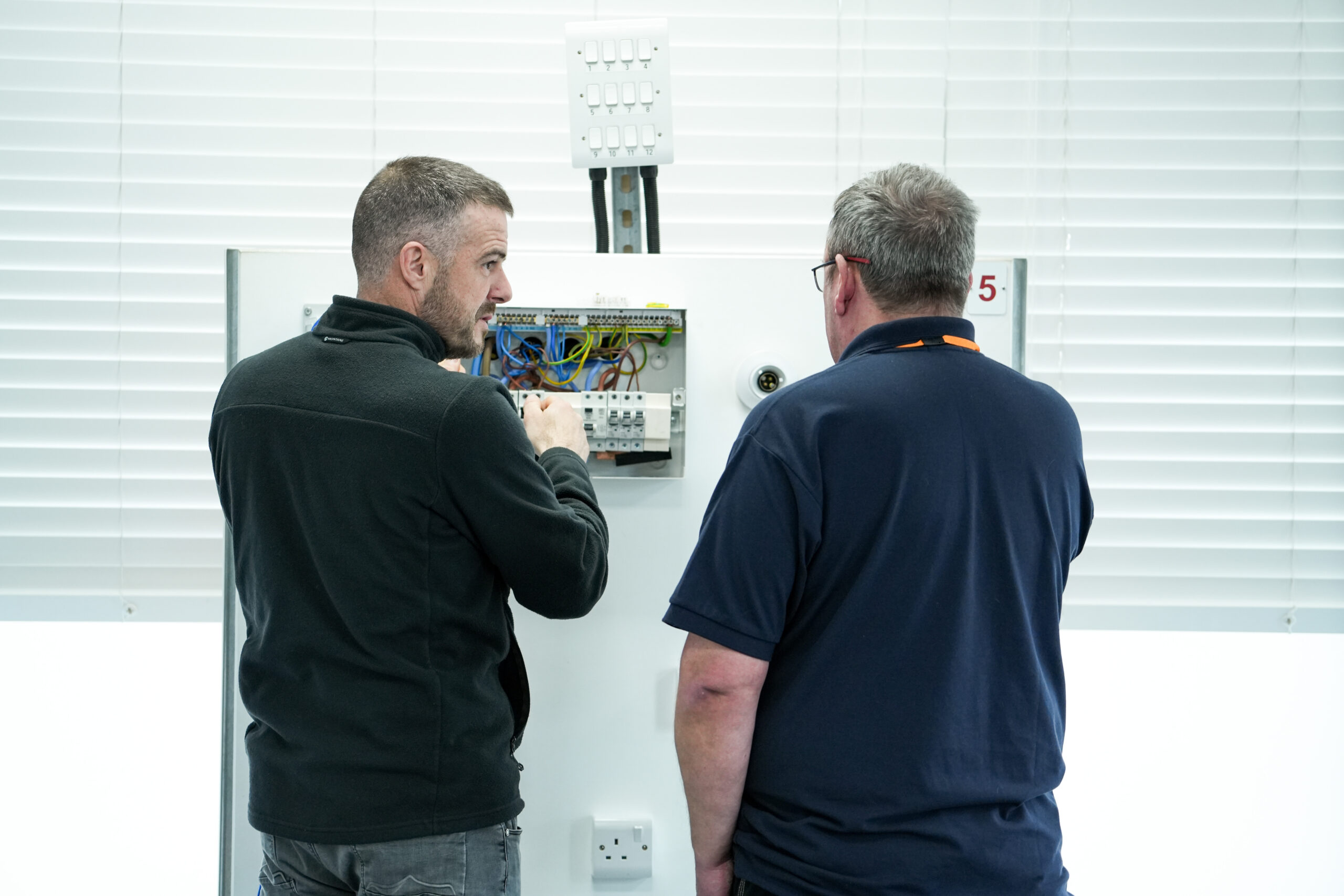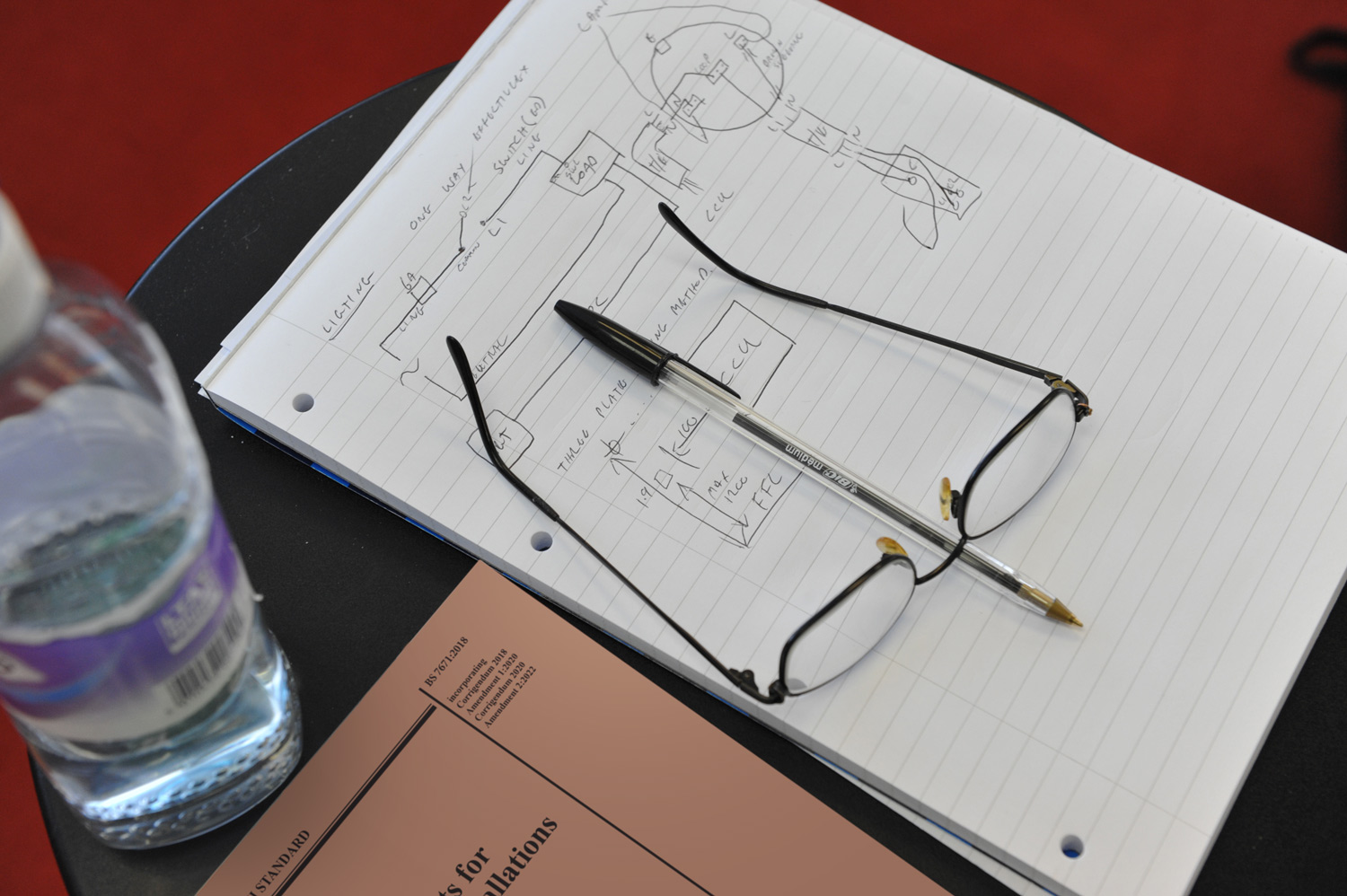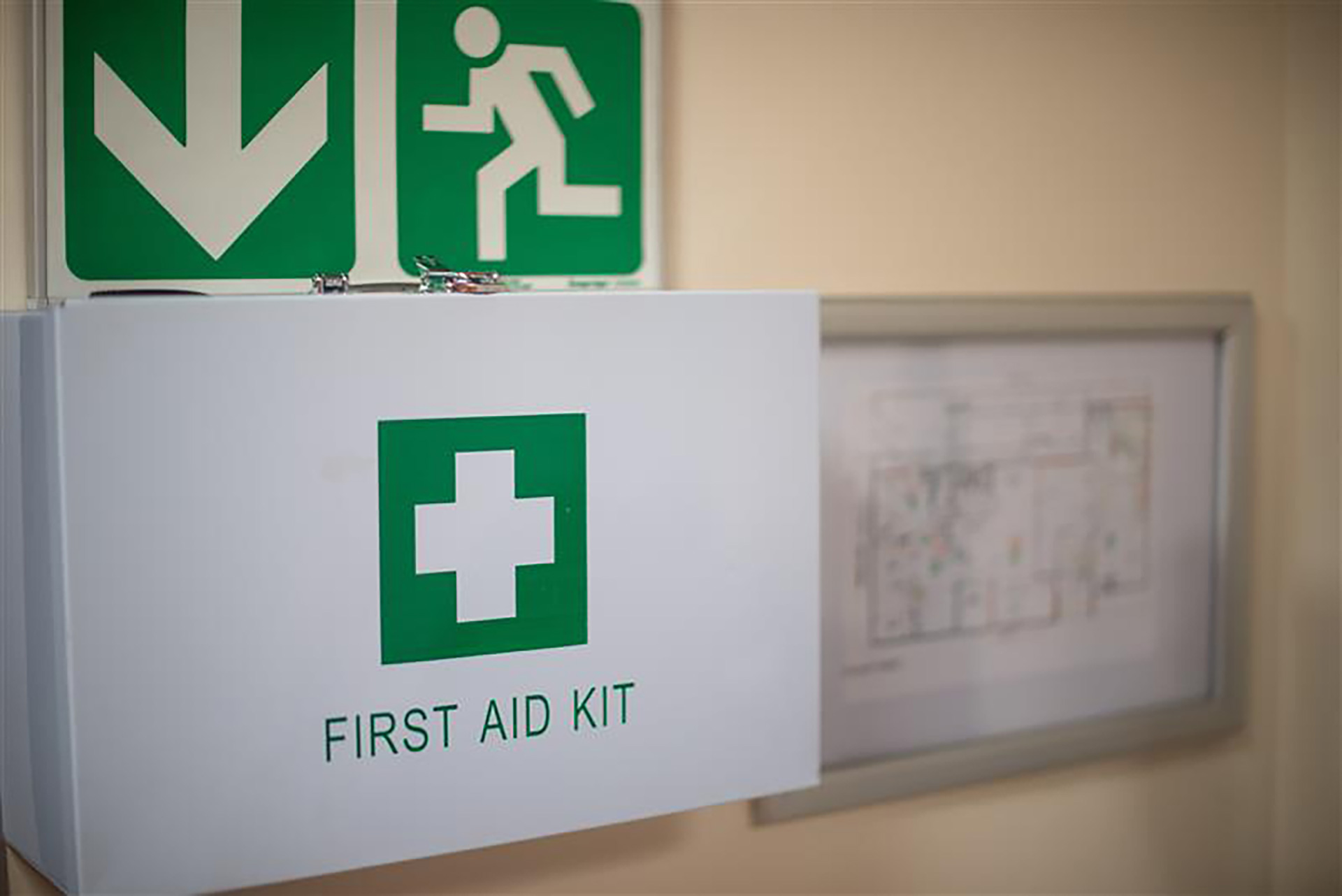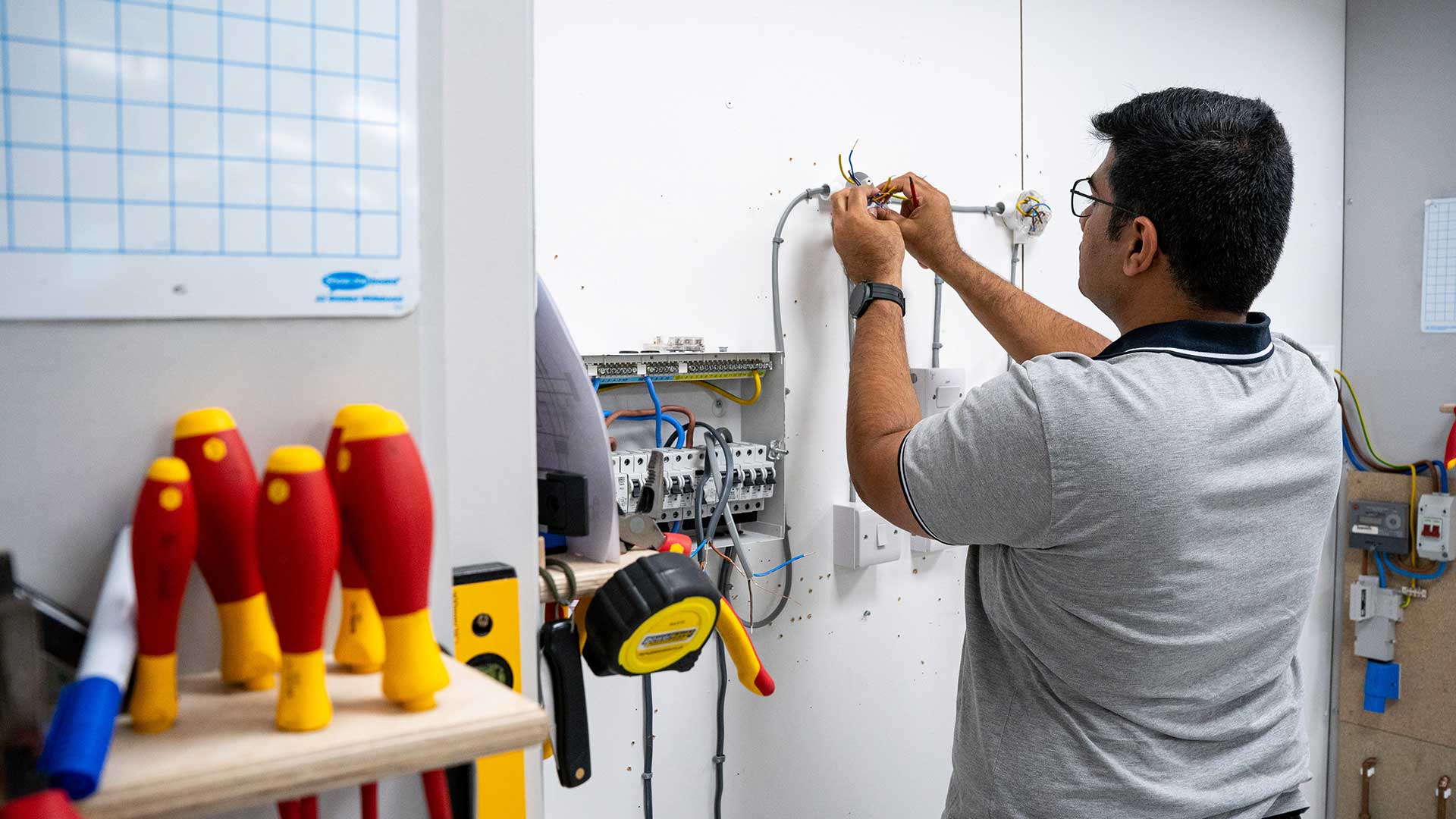The new 18th Edition is due to be launched in July this year with changes coming into effect in January 2019. We’ve taken a look to see if there are any significant modifications to the 17th or if they are more like updates to be aware of.
Before we get into the nitty gritty of the regulations, there’s notable changes to the structure and layout of the book. Sparks used to have to navigate through the book by using a fragmented, sectioned based multiple contents guide, which most people didn’t find very user friendly. Now the book has a much larger contents section which has been formatted for a more holistic approach. This should now make it easier for electricians to navigate their way through the book to find the regulation they require.
We’ve taken a look through the regulations and highlighted what we think has changed in the new 18th Edition.
Part 1
There’s only minor changes in part 1, these are slight amendments on information on electrical installation certificate.
Part 2
Chapter 41 – There are a number of significant changes taking place under this section. We’ve highlighted the two we think are most noteworthy.
Regulation 411.3.3 has been revised and now applies to socket-outlets with a rated current not exceeding 32A. There is an exception to omit RCD protection where, other than a dwelling, a documented risk assessment determines that RCD protection is not necessary.
A new Regulation 411.3.4 requires that, within domestic (household) premises, additional protection by an RCD with a rated residual operating current not exceeding 30 mA shall be provided for AC final circuits supplying luminaires.
Main changes include further use of RCD’s for domestic households. Including RCD protection for all lighting circuits and socket outlets rated up to 32A when previously 20A.
It’s important to note for domestic properties the regulation has been deleted that allows the use of RCD protection for a single socket outlet to be omitted as a permitted exception.
Chapter 42
Protection against thermal effects
A new Regulation 421.1.7 has been introduced recommending the installation of arc fault detection devices (AFDDs) to mitigate the risk of fire in AC final circuits of a fixed installation due to the effects of arc fault currents.


The main changes in this section includes the use of arc fault protection. These work by detecting a fault at a very early stage, reducing the magnitude of the perspective current whilst retaining the maximum permissible disconnection time for the circuit. This reduces the risk of fire for the duration of the fault and is now recommended for fixed electrical installations.
Chapter 44
Protection against voltage disturbances and electromagnetic disturbances
Section 443, which deals with protection against overvoltage’s of atmospheric origin or due to switching, has been redrafted.
The AQ criteria (conditions of external influence for lightning) for determining if protection against transient overvoltages is needed are no longer included in BS 7671. In its place, protection against transient overvoltages has to be provided where the consequence caused by overvoltage. In other instances, a risk assessment needs to be undertaken to decide if the protection is required.
These section mainly sees changes for the electrical design, commercial and industrial electricians. There are no major changes for general domestic installations.
Chapter 46
Devices for isolation and switching
A new chapter has been introduced which focuses on non-automatic local and remote isolation and switching measures for the prevention or removal of dangers associated with electrical installations or electrically powered equipment. Also, switching for the control of circuits or equipment. Where electrically powered equipment is within the scope of BS EN 60204, only the requirements of that standard apply.
Chapter 53
Protection, isolation, switching, control and monitoring
Chapter 52 has been adjusted to concentrate on requirements for protection, isolation, switching, control and monitoring dealing with requirements for selection and erection of devices provided to manage such functions.
Section 534
Devices for protection against overvoltage
This section has been revised with key changes to the selection of overvoltage protection devices.
Chapter 54
Earthing arrangements and protective conductors
This section has introduced two new regulations stating there’s a strong recommendation to install a foundation earth electrode on new buildings.
Chapter 55
Other equipment
When installing luminaires in the ground, consideration must be given to the tables and standards highlighted in chapter 55.
Ground-recessed luminaires, the selection and erection of which shall take account of the guidance given in Table A.1 of BS EN 60598-2-13.


Part 6
Inspection and testing
No major changes except for restructure of chapters.
Section 722 Electric vehicle charging installations
The main change in this section is to Regulation 722.411.4.1 which highlights the use of a PME supply with regards to vehicle charging installations. This means PME cannot be used unless you meet (i) (ii) (iii) of 722.411.4.1.


Part 8
Energy efficiency
The 18th Edition does see a whole new section which deals with Sustainability. This is mainly aimed at electrical design.
Overall there are some significant changes coming with the 18th Edition which will impact electricians on site. With the mains points consisting of: protecting against electric shock, protecting against electromagnetic disturbances and voltage disturbance and selection, erection of wiring systems and of course the introduction of energy efficiency. So this is more than a small amendment or update, and as such electricians will need to update to the latest version of the 18th edition wiring regulations in the coming year. We already have lots of 18th edition course dates live to book online.



























